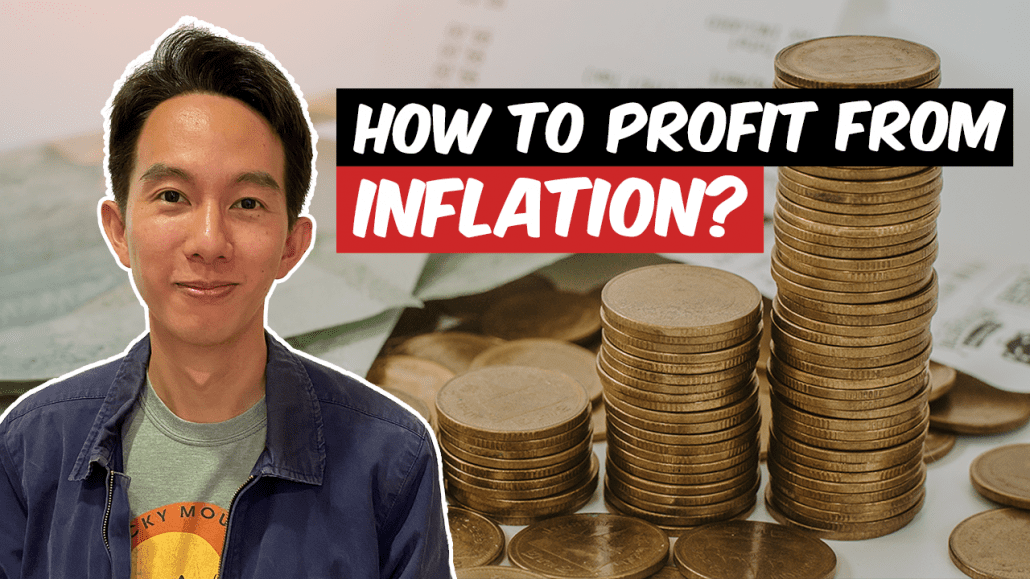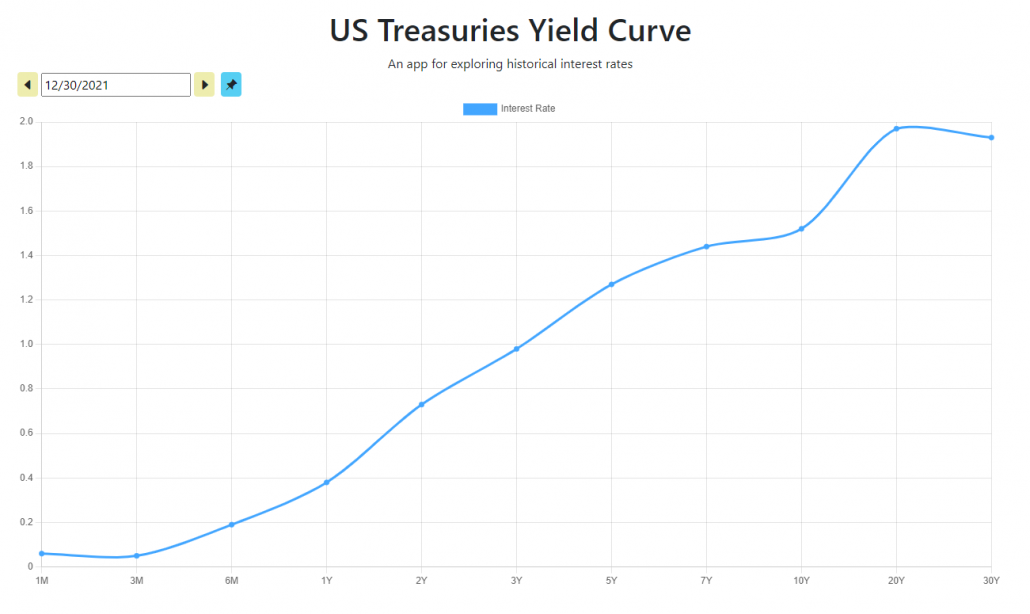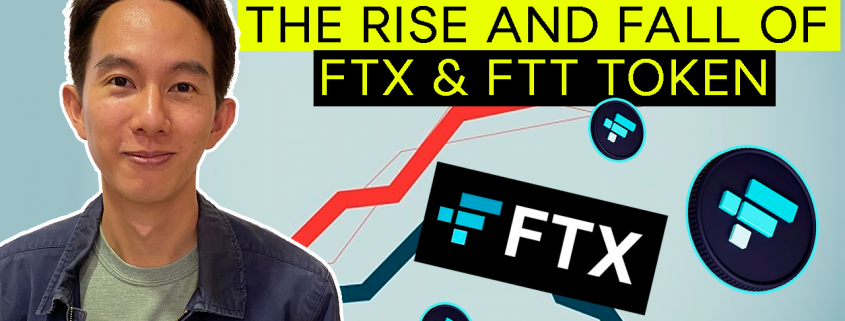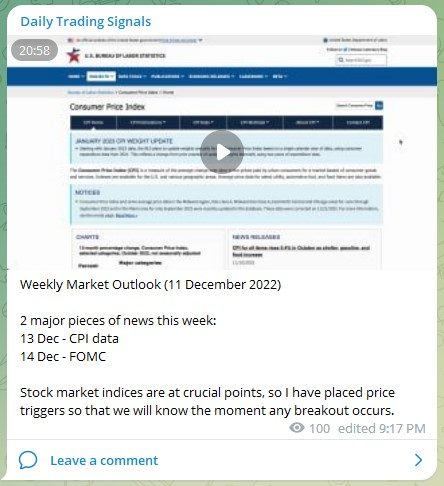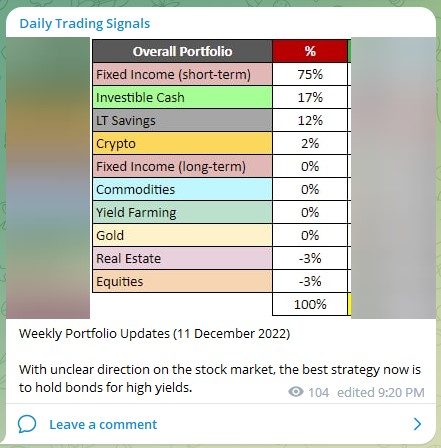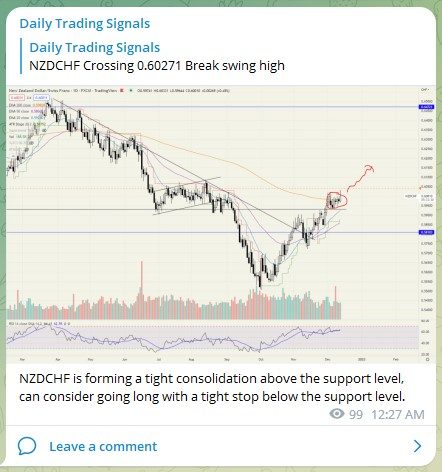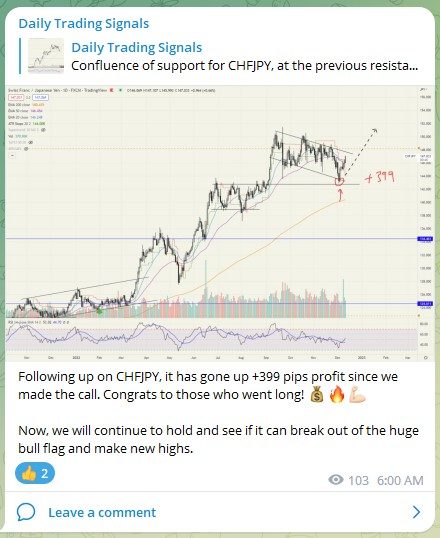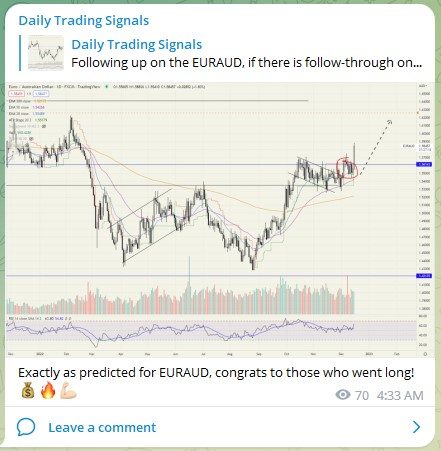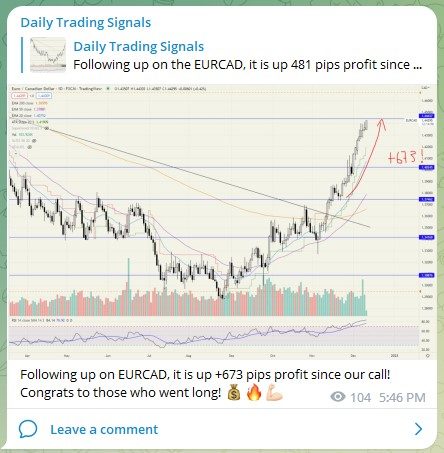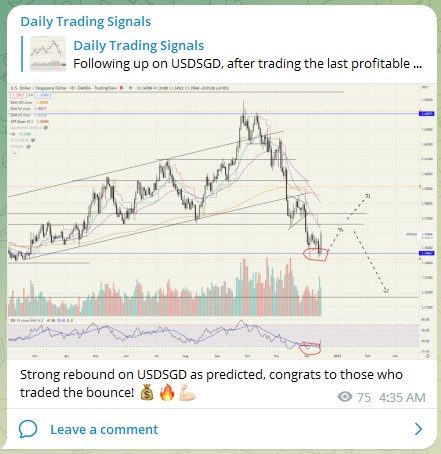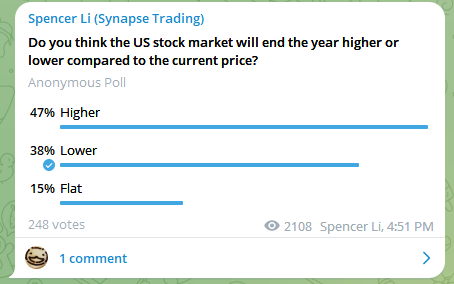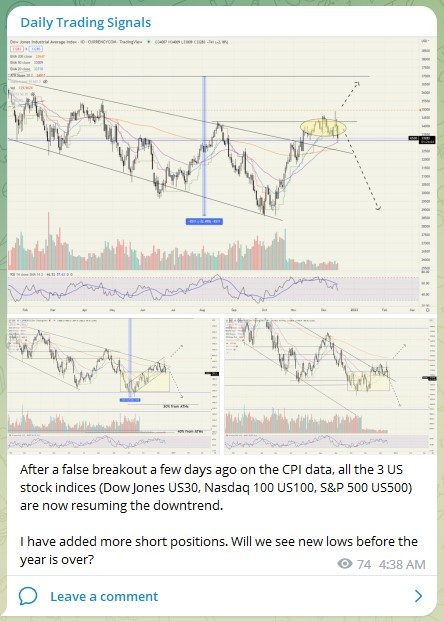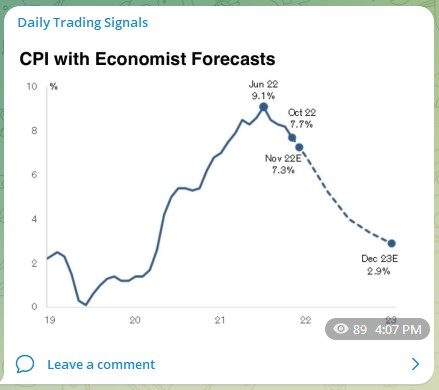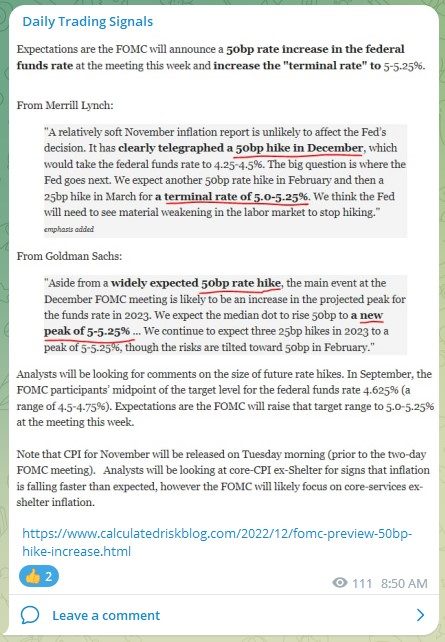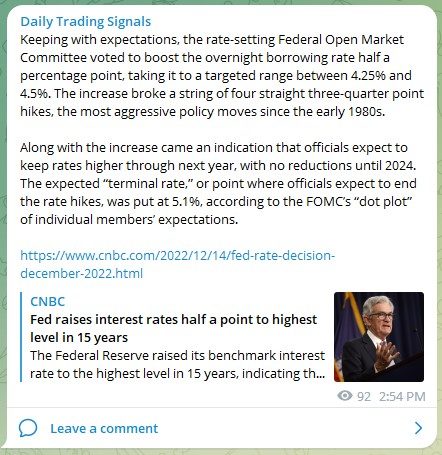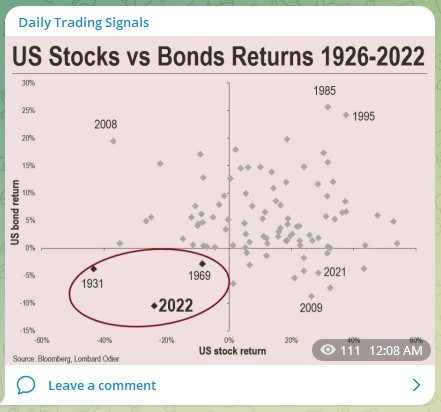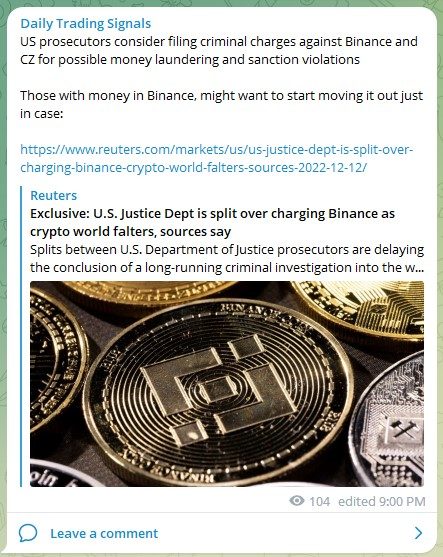Wondering what the deal is with inflation and how it affects the economy?
No worries, we’ve got you covered.
Inflation is when the overall price of stuff goes up over time, which means the same amount of money can buy less.
There are a few things that can cause it, like more demand for stuff, higher production costs, or more money being available.
In this blog post we’ll talk about the different types of inflation, how it can affect the economy, and some ways you might be able to profit from it.
Table of Contents
What in Inflation?
Inflation is when the overall price of stuff goes up over time, which means the same amount of money can buy less.
For example, if inflation has driven up the price of everything, that means the same amount of cash is now worth less because it can buy fewer things.
There are a few things that can cause inflation, like more demand for stuff, higher production costs, or more money being available. Inflation can also happen when there’s less stuff available, like during a recession or war.
To measure inflation, we use something called the consumer price index (CPI), which tracks the prices of a bunch of things that households usually buy.
The CPI helps us calculate the rate of inflation, which is the percentage change in price over a certain period of time.
The Federal Reserve (the central bank in the US) uses the rate of inflation as part of its decision-making for monetary policy.
There are different types of inflation, like demand-pull (more demand than supply), cost-push (higher production costs), and structural (problems in the economy like using resources poorly or not having enough stuff).
Impact of Inflation
Inflation can have both good and bad effects on an economy.
On the plus side, it can boost economic growth by encouraging people to spend and invest more, since they might want to buy things before prices go up even more.
Inflation can also make debt less of a burden, since the value of the debt decreases over time due to the decrease in purchasing power of the currency.
On the downside, inflation can create uncertainty and instability, since people might be hesitant to make long-term financial plans because of how hard it is to predict.
Inflation can also disproportionately affect certain groups, like people with low incomes or fixed incomes, who might not be able to handle price increases as easily.
To manage inflation, we use monetary policy, which is when we control the supply of money and credit in an economy.
Central banks, like the Federal Reserve, can use things like interest rates, reserve requirements, and open market operations to influence the supply of money and credit in order to keep prices stable.
How to Profit from Inflation
There are a few ways you might be able to profit from inflation:
- Cash: While cash may not provide a high return, it can be a good way to preserve purchasing power during times of inflation. It’s important to keep in mind that the value of cash may be eroded over time by inflation, so it may be necessary to periodically reevaluate the amount of cash you hold in your portfolio.
- High-yield savings accounts: High-yield savings accounts are savings accounts that offer a higher interest rate than traditional savings accounts. While the returns on these accounts may not be sufficient to fully offset the impact of inflation, they may provide a way to preserve the purchasing power of your savings.
- Fixed deposits: Fixed deposits, also known as term deposits, are a type of investment product offered by banks and other financial institutions. They are characterized by a fixed term and a fixed interest rate, and are often considered to be a low-risk investment option.
- Stocks (general): While stocks can be volatile in the short term, they have historically provided good returns over the long run, including during times of inflation. Companies may benefit from inflation because they can pass on higher costs to consumers in the form of higher prices.
- Small cap stocks: Small cap stocks, which are stocks of smaller, less established companies, may be more sensitive to changes in the economy and may outperform larger cap stocks during times of inflation.
- Emerging market stocks: Stocks of companies in emerging markets, such as China and India, may be a good choice during times of inflation because these markets may be less affected by rising costs.
- High dividend-yielding stocks: Stocks that pay a high dividend yield may provide a steady stream of income that can help to offset the impact of inflation on purchasing power.
- Infrastructure stocks: Companies that own and operate infrastructure assets, such as utilities and transportation companies, may benefit from inflation because they can pass on higher costs to consumers in the form of higher prices.
- Natural resource stocks: Companies that own and operate natural resources, such as oil, gas, and mining companies, may benefit from inflation because the demand for their products tends to remain stable and because they can pass on higher costs to consumers in the form of higher prices.
- International stocks: Stocks of companies based in other countries may be a good choice during times of inflation because they may be less affected by rising costs in the domestic economy. However, it’s important to be aware of the potential risks associated with investing in international stocks, such as currency risk and political instability.
- Preferred stocks: Preferred stocks are stocks that pay a fixed dividend and have priority over common stock in the event that a company goes bankrupt or is liquidated. Preferred stocks may provide a steady stream of income and may be less affected by inflation compared to common stocks.
- Real estate: Real estate can be a good hedge against inflation because the value of property tends to increase over time. As the cost of living goes up, the value of real estate may also appreciate.
- Agricultural land: Agricultural land can be a good hedge against inflation because the value of land tends to increase over time and because the demand for food typically remains stable even during times of economic uncertainty.
- Timberland: Timberland can be a good investment during times of inflation because the demand for wood products tends to remain stable and because the value of timberland can appreciate over time.
- Infrastructure bonds: Infrastructure bonds are bonds issued by companies or governments that fund infrastructure projects, such as the construction of roads, bridges, and airports. These bonds may provide a steady stream of income and may benefit from inflation because the value of the underlying assets may appreciate over time.
- Floating rate bonds/notes: Floating rate bonds or floating rate notes (FRNs) are bonds that pay a variable interest rate that is tied to a benchmark rate, such as the London Interbank Offered Rate (LIBOR). These bonds may be a good choice during times of inflation because the interest rate adjusts as market rates change, helping to preserve the purchasing power of the bond’s income.
- Treasury Inflation-Protected Securities (TIPS): These are bonds issued by the U.S. government that provide a guaranteed return above the rate of inflation.
- Inflation-linked bonds: Inflation-linked bonds, also known as linkers, are bonds that provide a return that is linked to the rate of inflation. These bonds may be issued by governments or corporations, and may provide a way to protect against the erosive effects of inflation on the purchasing power of the bond’s income.
- Corporate bonds: Corporate bonds are bonds issued by companies to raise capital. While the value of corporate bonds may be affected by inflation, they may also provide a steady stream of income that can help to offset the impact of rising costs. It’s important to carefully consider the creditworthiness of the issuing company and the overall risk of the bond before investing.
- Municipal bonds: Municipal bonds are bonds issued by state and local governments to fund public projects. While the value of municipal bonds may be affected by inflation, they may also provide a steady stream of tax-free income that can help to offset the impact of rising costs. It’s important to carefully consider the creditworthiness of the issuing municipality and the overall risk of the bond before investing.
- Index funds (general): Index funds are mutual funds or ETFs that track a specific market index, such as the S&P 500. While the value of index funds may be affected by inflation, they may also provide exposure to a diverse range of assets and may be a good choice for long-term investors.
- Real asset funds: Real asset funds are mutual funds or ETFs that invest in physical assets, such as real estate, commodities, and infrastructure. These funds may provide a hedge against inflation because the value of the underlying assets may appreciate over time.
- Balanced funds: Balanced funds are mutual funds or ETFs that invest in a mix of stocks, bonds, and other assets, with the goal of providing a balance of growth and income. These funds may be a good choice during times of inflation because they provide diversification and may be less affected by rising costs.
- Infrastructure funds: Infrastructure funds are mutual funds or exchange-traded funds (ETFs) that invest in infrastructure assets, such as utilities, transportation companies, and infrastructure bonds. These funds may provide a steady stream of income and may benefit from inflation because the value of the underlying assets may appreciate over time.
- Commodity funds: Commodity mutual funds or ETFs invest in a basket of commodities, such as gold, oil, and agricultural products. These ETFs may provide a hedge against inflation because the prices of commodities tend to rise when the cost of living increases.
- Real estate investment trusts (REITs): REITs are companies that own and operate real estate assets, such as commercial and residential properties. REITs may provide a steady stream of income and may benefit from inflation because the value of real estate tends to increase over time.
- Floating rate loan funds: Floating rate loan funds are mutual funds or ETFs that invest in floating rate loans, which are loans that pay a variable interest rate that is tied to a benchmark rate, such as the LIBOR. These funds may provide a steady stream of income and may be less affected by inflation because the interest rate adjusts as market rates change.
- Municipal bond funds: Municipal bond funds are mutual funds or ETFs that invest in a basket of municipal bonds, which are bonds issued by state and local governments to fund public projects. These funds may provide a steady stream of tax-free income and may be less affected by inflation compared to other types of bonds.
- Collectible assets: Certain collectible assets, such as art, antiques, and rare coins, can appreciate in value over time, especially during times of inflation when the cost of living is rising. However, it’s important to be aware that the value of collectibles can be difficult to predict and can be subject to significant fluctuations.
- Alternative investments: Alternative investments, such as hedge funds and private equity, may offer the potential for higher returns compared to more traditional investments, and may be less affected by inflation. However, it’s important to be aware that alternative investments are typically less liquid and more risky than traditional investments, and may not be suitable for all investors.
- Cryptocurrencies: Some investors believe that cryptocurrencies, such as Bitcoin, can be a good investment during times of inflation because their value is not tied to traditional fiat currencies, which can lose value as the cost of living increases.
- Commodities: Commodities such as gold, oil, and agricultural products can be a good hedge against inflation because their prices tend to rise when the cost of living increases.
- Master limited partnerships (MLPs): MLPs are companies that own and operate assets in the energy sector, such as pipelines and oil and gas wells. MLPs may provide a steady stream of income and may benefit from inflation because the demand for energy tends to remain stable and because they can pass on higher costs to consumers in the form of higher prices.
Concluding Thoughts
Inflation can have both good and bad effects on an economy, and it’s important to be aware of how it might impact your personal finances.
By understanding some ways you might be able to profit from inflation, like holding cash, investing in stocks or infrastructure, or buying inflation-linked bonds, you can take steps to protect the purchasing power of your wealth.
It’s also worth noting that while some strategies may help to minimize the impact of inflation on your purchasing power, they may not necessarily provide a profit.
Just keep in mind that no investment is a sure thing and it’s always important to carefully evaluate the potential risks and rewards before making any financial decisions.
Now that you have learnt all about inflation and all the different ways to profit from it, which assets are you planning to add to your portfolio?
Are there any other types of investments I have missed out?
Let me know in the comments below.


